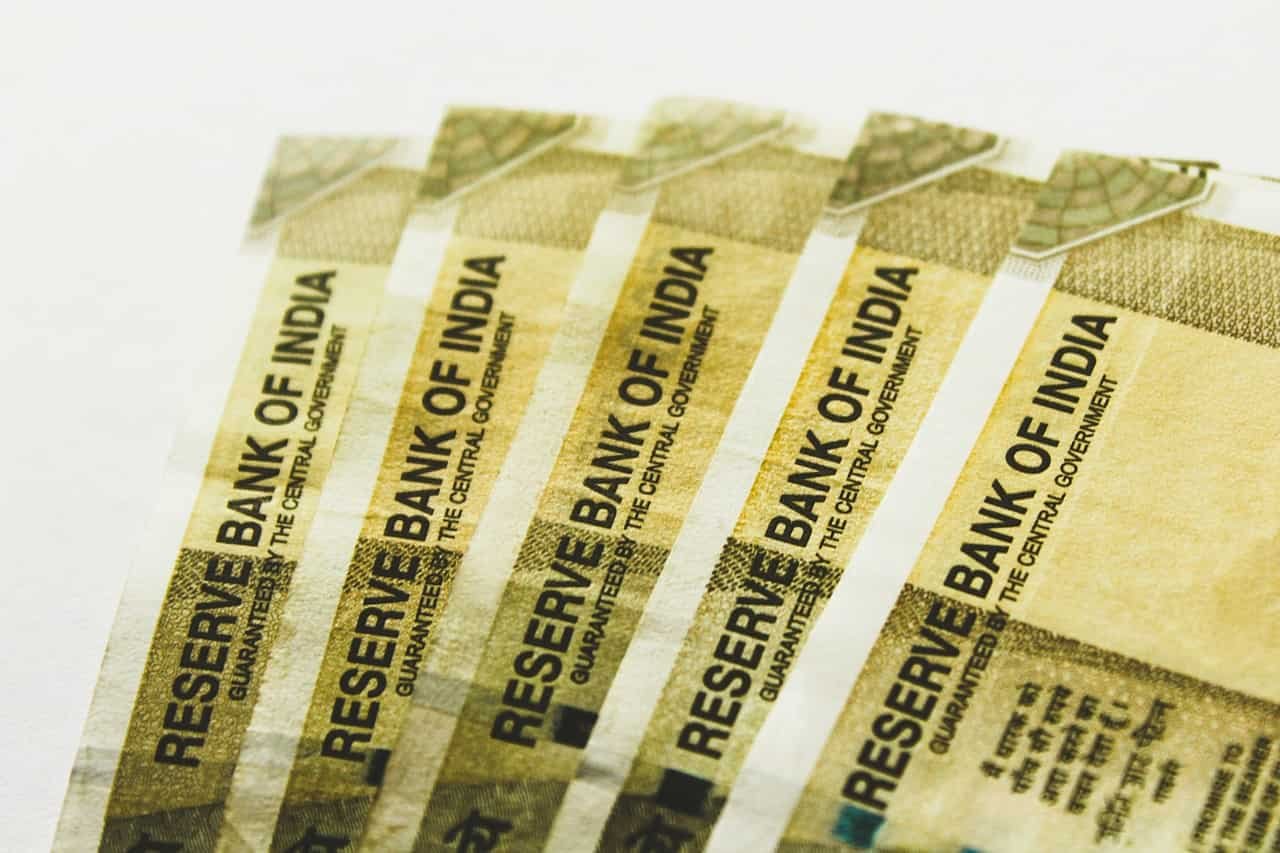What’s going on here?
On June 28, 2024, the Indian rupee closed at 83.38 against the US dollar, appreciating nearly 0.1% from its previous close of 83.46. This marks a standout year for the rupee amid significant foreign investments.
What does this mean?
In a significant move, Indian bonds were included in the JPMorgan Emerging Market Debt Index, drawing substantial foreign investment into India’s debt market. By mid-2024, foreign investments in local debt totaled $8.1 billion, buoyed by India’s strong macroeconomic environment and the Reserve Bank of India’s (RBI) interventions to stabilize the currency. India’s current account posted a surplus for the first time in ten quarters, thanks to higher service exports and increased private transfer receipts. In contrast to most major Asian currencies, which have depreciated between 2% to 7%, the rupee has shown resilience, depreciating only by 0.2% this year. This strength, aided by lowered expectations of aggressive rate cuts by the US Federal Reserve, has helped the rupee outperform its regional peers.
Why should I care?
For markets: A strong rupee bucks the trend.
The influx of foreign capital into Indian debt markets contrasts sharply with the outflows from Indian equities, where overseas investors have been net sellers. While large foreign banks were active in offering dollars, state-run banks’ bids limited the rupee’s appreciation. Market participants are closely watching US inflation data, as the US dollar index hovers near the 106 mark, influencing various Asian currencies.
The bigger picture: India’s fiscal fortitude.
India’s strong macroeconomic fundamentals have positioned the rupee ahead of other Asian currencies. With a current account surplus bolstered by robust service exports and private transfers, alongside substantial portfolio investments, the outlook for the rupee remains optimistic. This scenario underscores India’s growing attractiveness to foreign investors seeking stable returns in a volatile global market.







